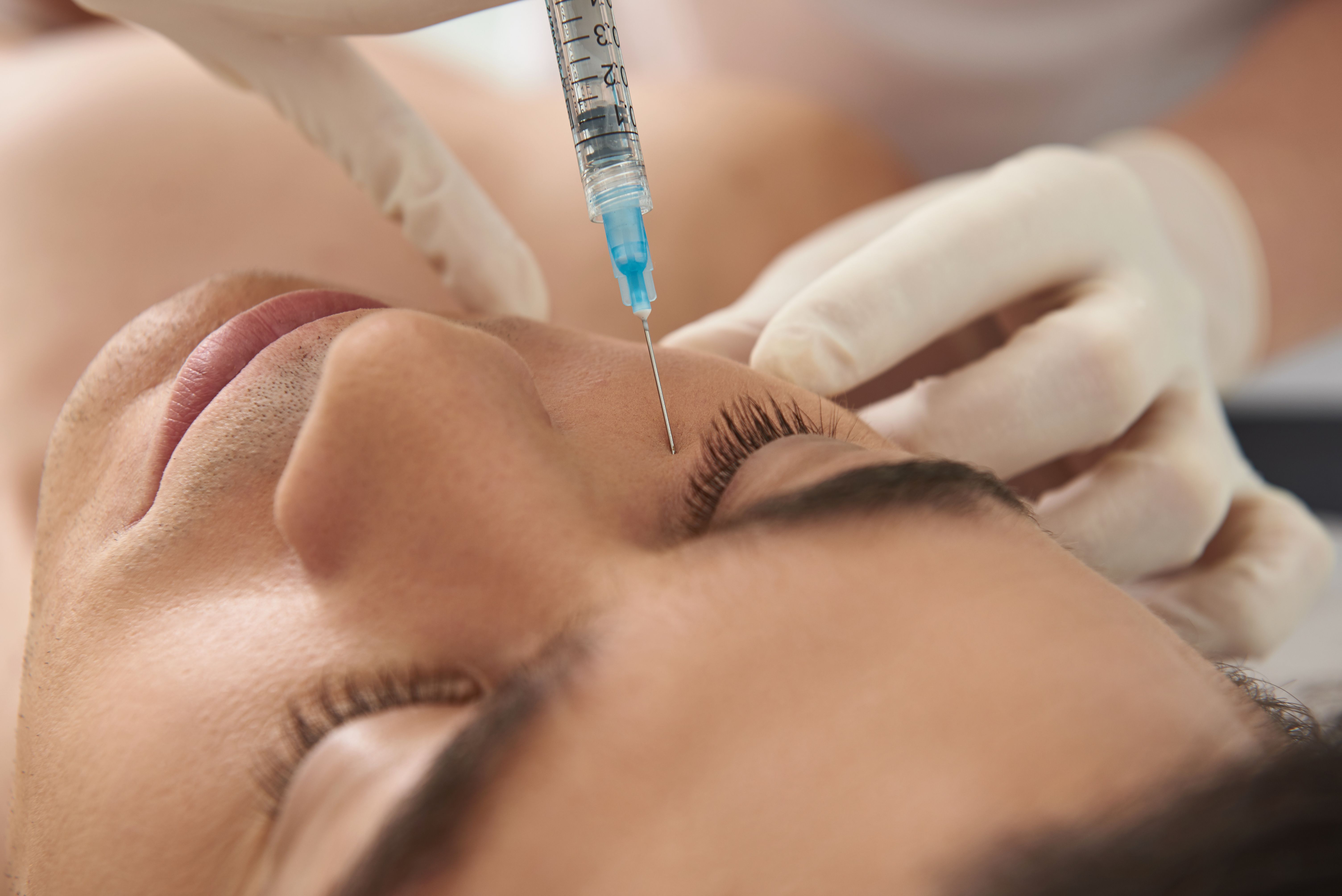- Case-Based Roundtable
- General Dermatology
- Eczema
- Chronic Hand Eczema
- Alopecia
- Aesthetics
- Vitiligo
- COVID-19
- Actinic Keratosis
- Precision Medicine and Biologics
- Rare Disease
- Wound Care
- Rosacea
- Psoriasis
- Psoriatic Arthritis
- Atopic Dermatitis
- Melasma
- NP and PA
- Skin Cancer
- Hidradenitis Suppurativa
- Drug Watch
- Pigmentary Disorders
- Acne
- Pediatric Dermatology
- Practice Management
- Prurigo Nodularis
- Buy-and-Bill
News
Article
Hyaluronic Acid Filler Demonstrates Efficacy in Moderate and Severe Infraorbital Hollows
Author(s):
Re-treatment 12 months after initial hyaluronic acid filler treatment resulted in further infraorbital rejuvenation.
Yakobchuk Olena/Adobe Stock

Injections of hyaluronic acid filler HAEYE, which has high gel strength, resulted in significant improvement of moderate and severe infraorbital hollows (IOH), according to a poster presented at the 2023 Society of Dermatology Physician Assistants Fall Conference in Nashville, TN.1
Furthermore, these high rates of aesthetic improvement were supplemented by high rates of patient satisfaction with treatment, both of which were maintained through 12 months. After re-treatment with HAEYE 12 months after initial treatment, patients experienced further infraorbital rejuvenation.
In a randomized, evaluator-blinded, no-treatment controlled study (NCT04154930) conducted across multiple study sites, investigators Siperstein et al sought to evaluate the safety and efficacy of HAEYE in patients with moderate to severe IOH, noting that it is a minimally invasive approach to treating IOH.
Patients (n=333) with moderate to severe IOH above the age of 21 years old were randomized using a 6:1 ratio, wherein 6 patients were assigned to treatment with HAEYE (n=287) for every 1 patient who was a member of the non-treatment/control group (n=46). Moderate to severe IOH was defined in accordance with the Galderma Infraorbital Hollows Scale (GIHS).
At baseline, 51.4% and 52.3% of patients had moderate GIHS scores on their right and left IOH regions, respectively. Additionally, 48.6% and 47.7% of patients had severe GIHS scores on their right and left IOH regions, also respectively.
Approximately 1 or fewer mL HAEYE was injected into each IOH area, and patients were offered an optional follow-up treatment 1 month after the initial treatment session.
As a result, the study met its primary endpoint of GIHS response rate improvement. By month 3, GIHS response rates were statistically significantly higher among patients treated with HAEYE (87.4%) than in patients who were untreated (17.7%). Results of HAEYE treatment were comparable regardless of treatment administration with a needle or cannula.
This GIHS response rate among patients treated with HAEYE was sustained through months 6, 9, and 12 of the study.
After receiving the optional treatment with HAEYE 1 month after initial injection, Global Aesthetic Improvement Scale (GAIS) scoring improved, with an initial GAIS rate of 97.4% prior to the optional treatment and a rate of 99.5% after the optional treatment.
Furthermore, throughout the duration of the study (months 1 through 12), overall patient satisfaction with treatment outcomes (measured using the FACE-Q satisfaction scoring) were consistently higher in range among patients treated with HAEYE than among patients in the control group.
The majority of treatment and procedure emergent adverse events were localized to the site of treatment administration and occurred in approximately 40% of patients treated with HAEYE through month 12. The most commonly-reported events included implant site swelling, implant site pain, and headache.
“Treatment with HAEYE was well-tolerated and highly effective for correction of moderate and severe IOH, with high rates of aesthetic improvement and subject satisfaction, maintained through 12 months,” according to Siperstein et al. “Retreatment with HAEYE at month 12 provided further aesthetic rejuvination in the infraorbital region.”
Reference
- Siperstein R, Biesman B, Green J, et al. A study evaluating the safety and effectiveness of hyaluronic acid filler HAEYE for correction of infraorbital hollows (IOH). Poster presented at the 2023 Society of Dermatology Physician Assistants Fall Conference, October 26-29; Nashville, TN.






